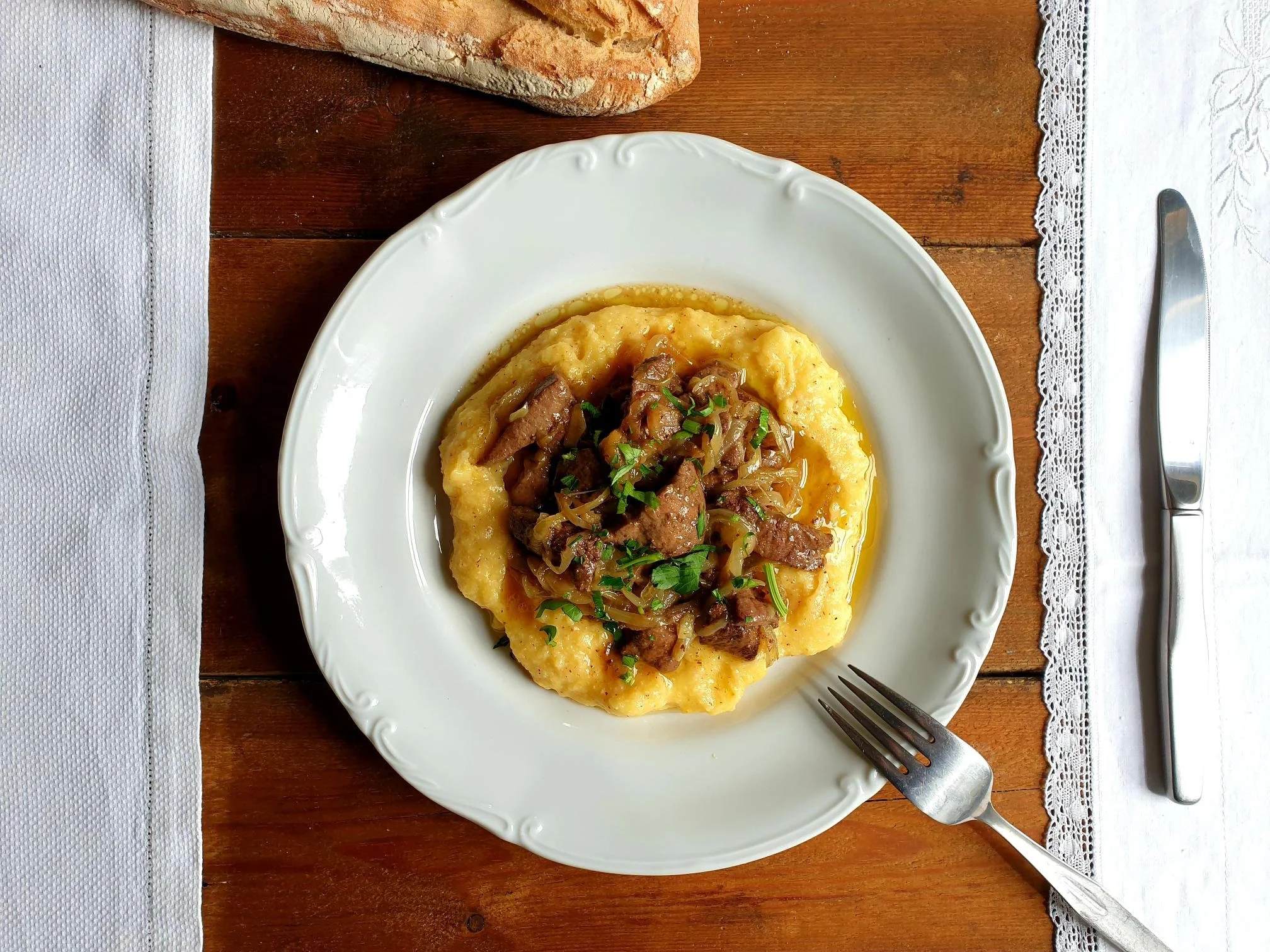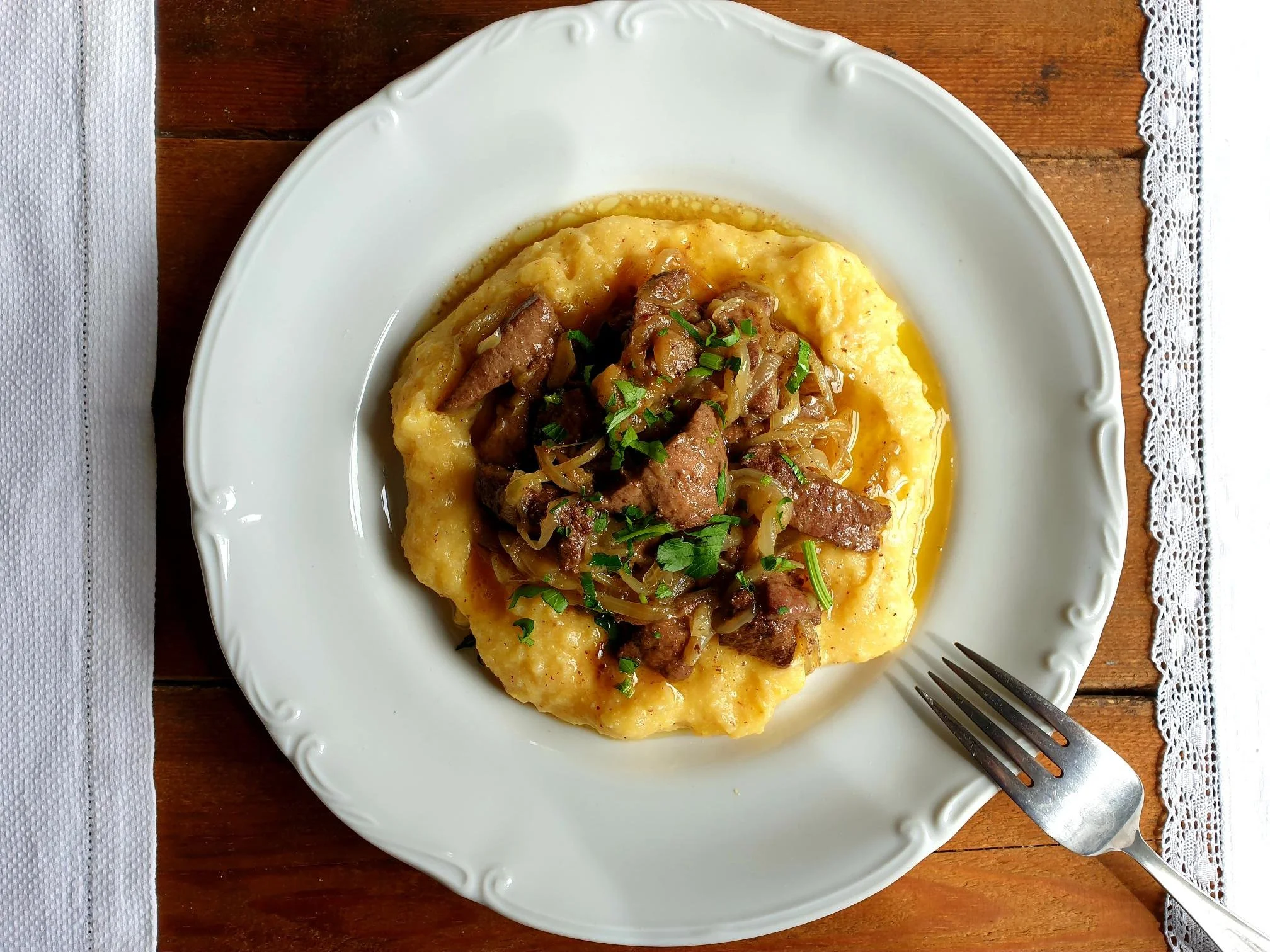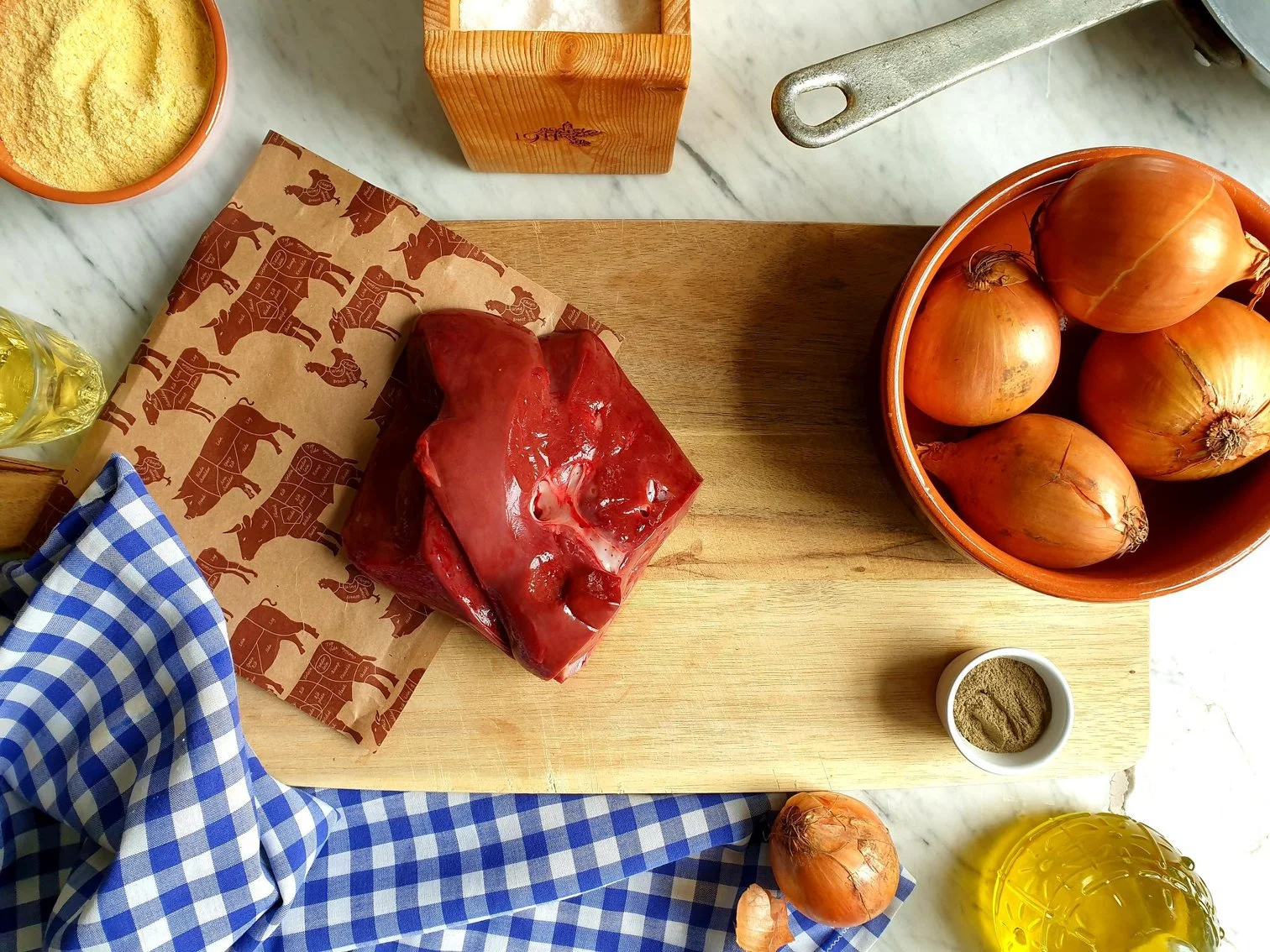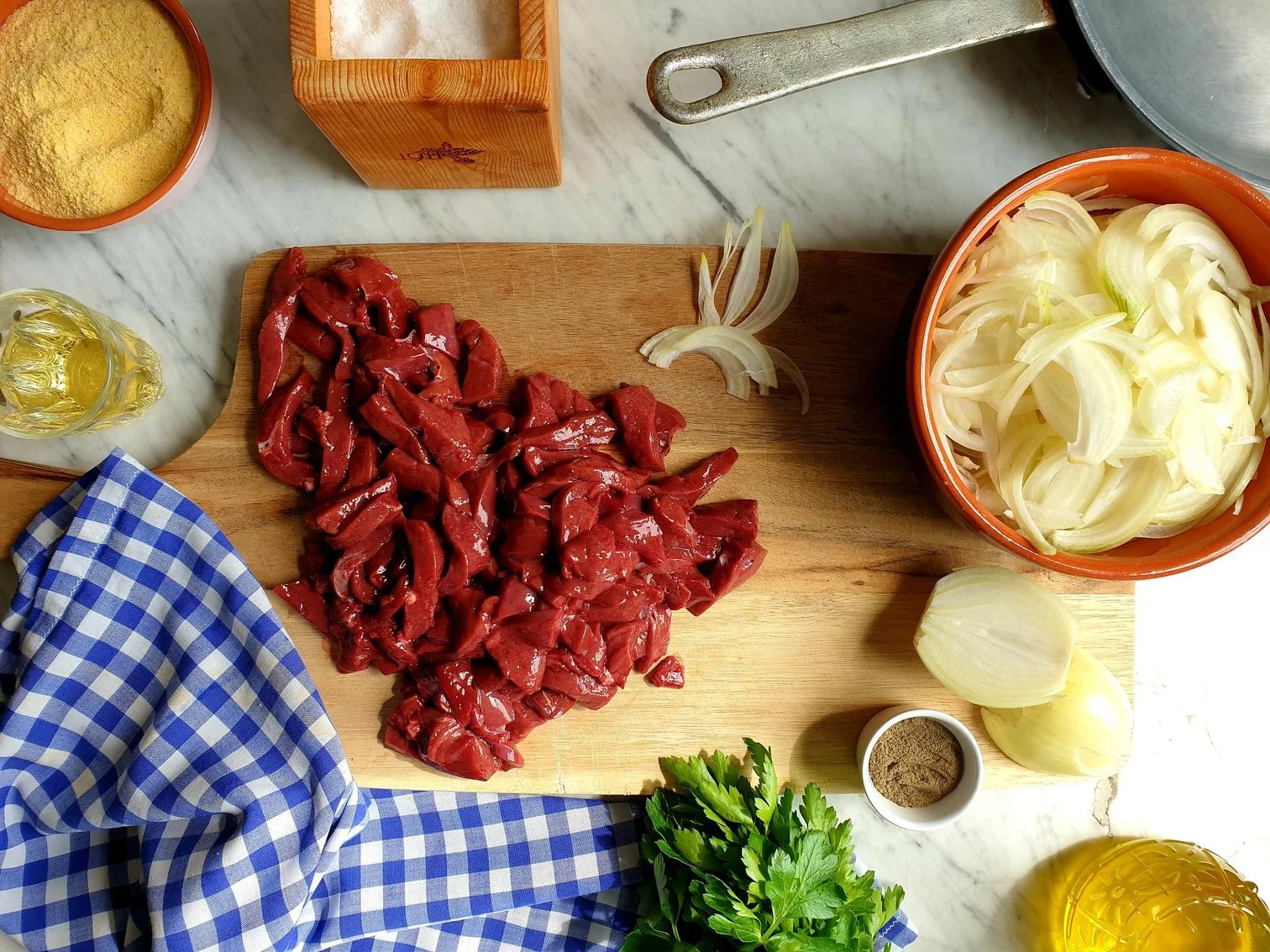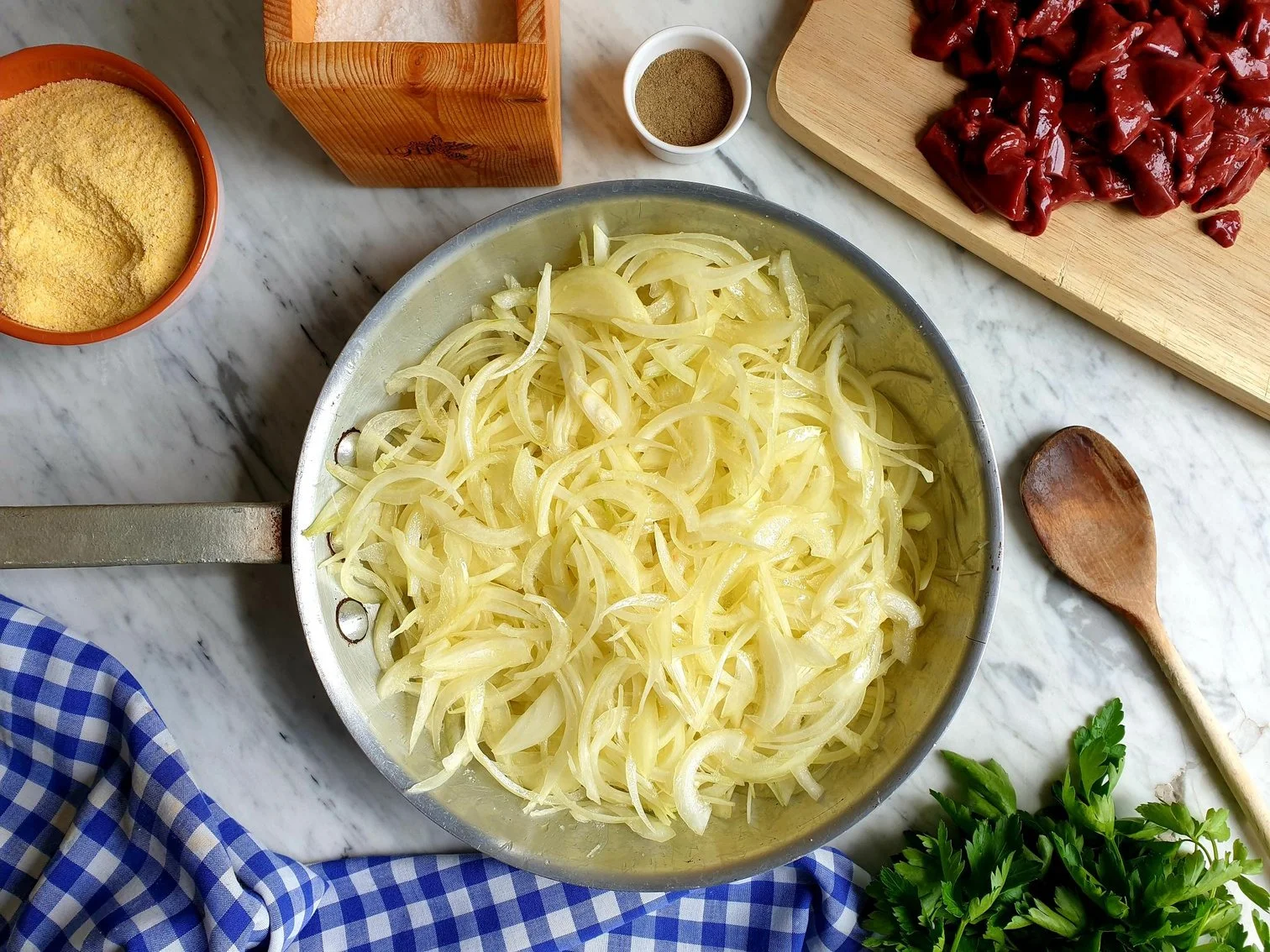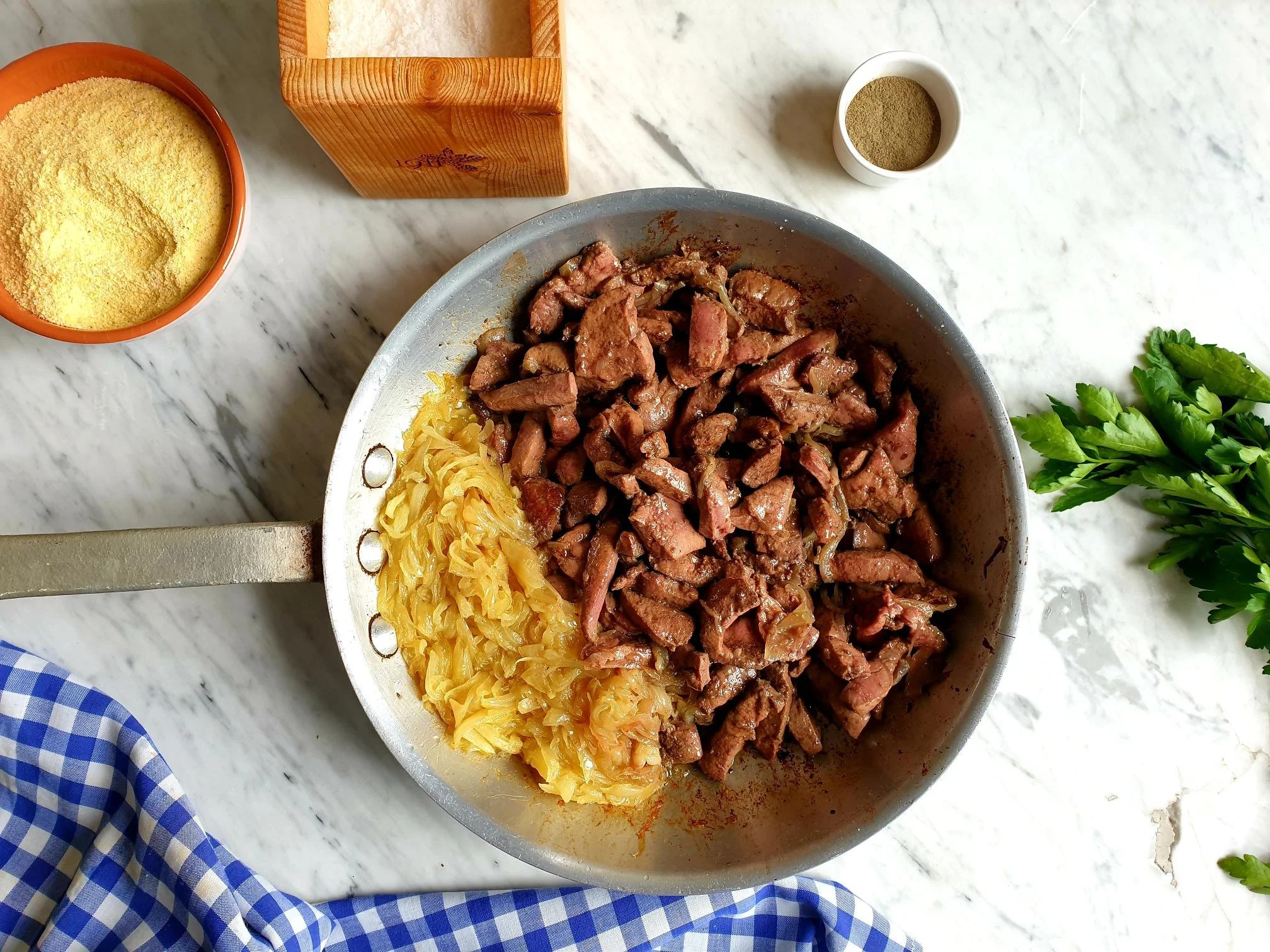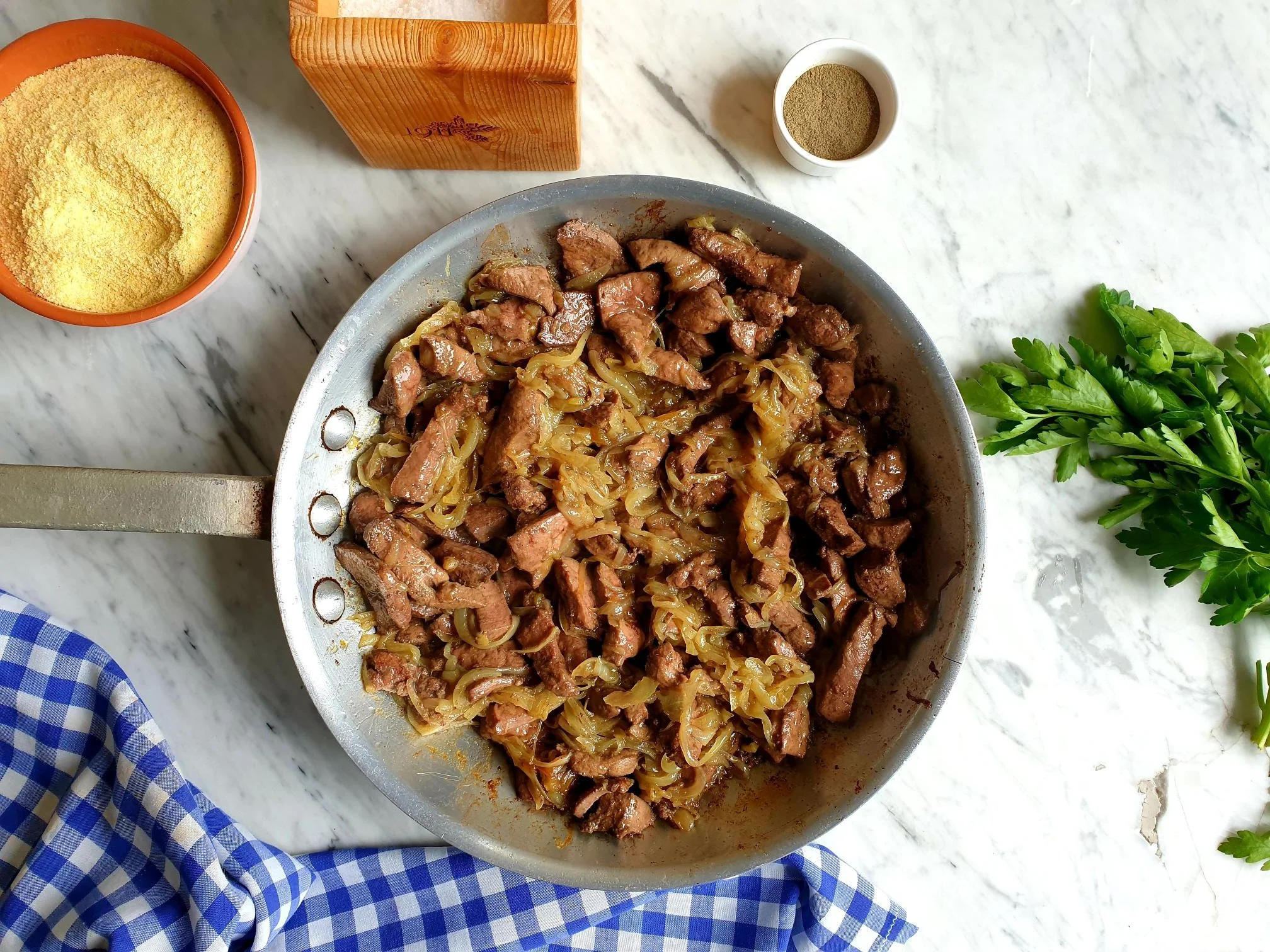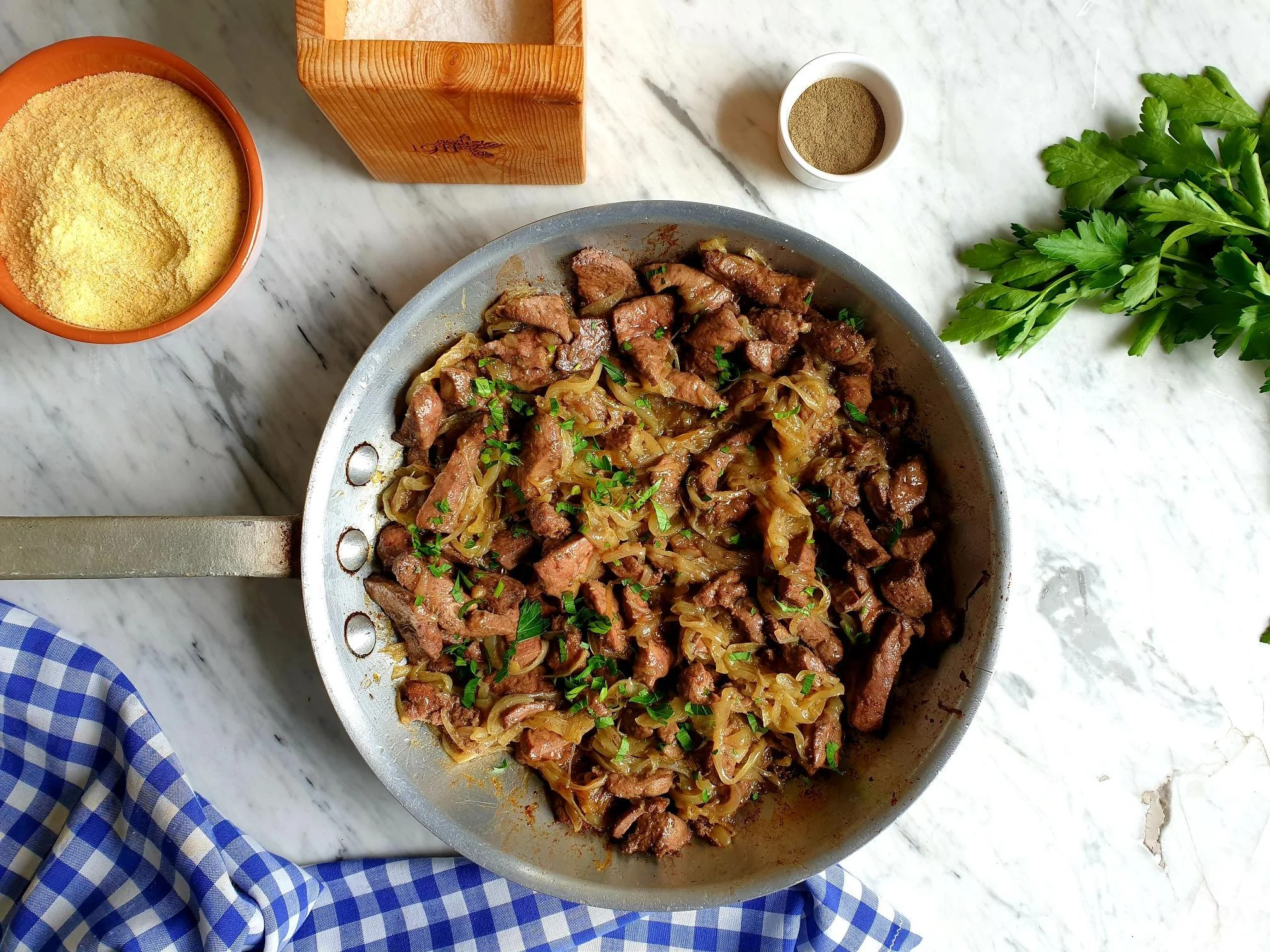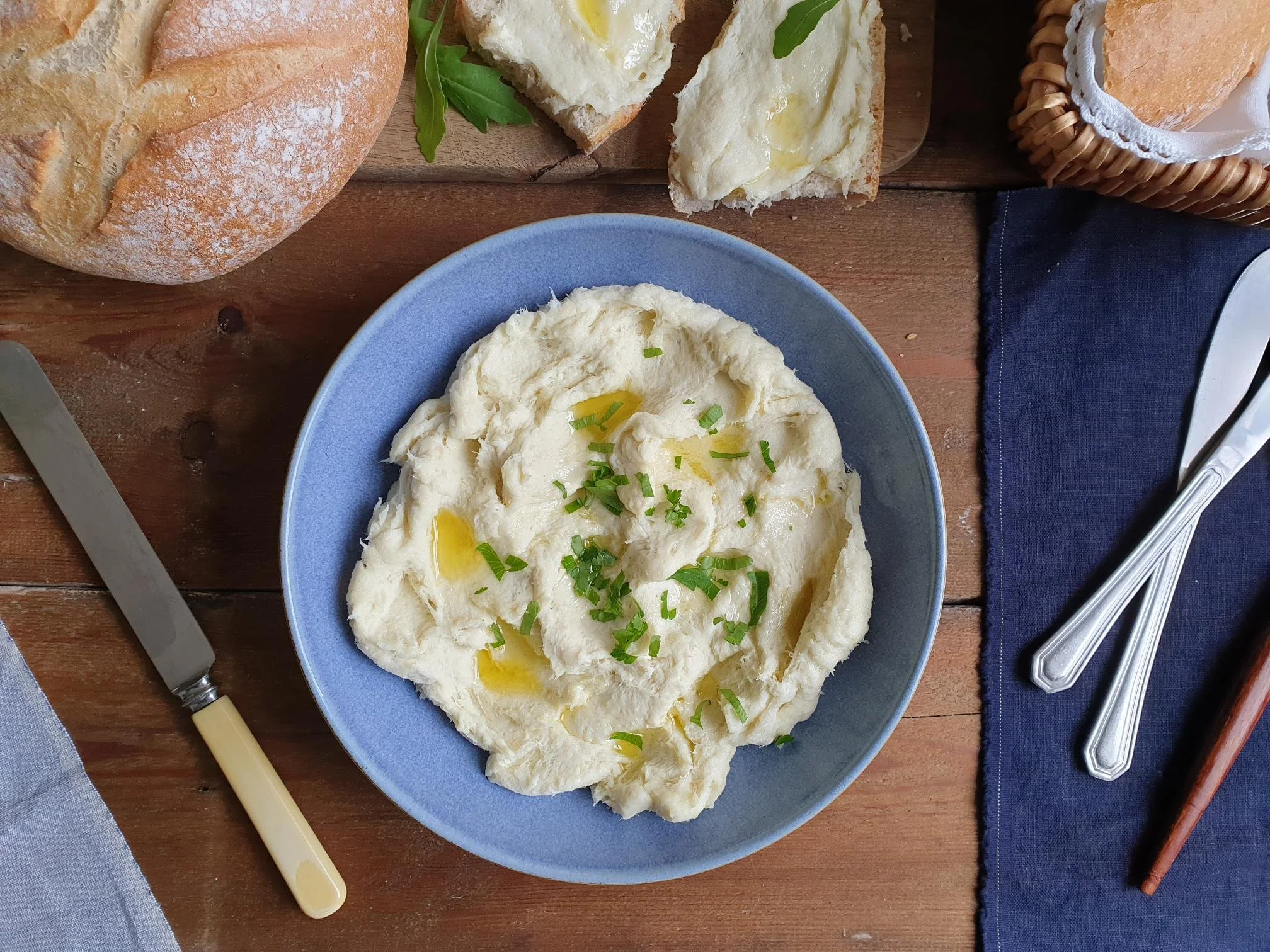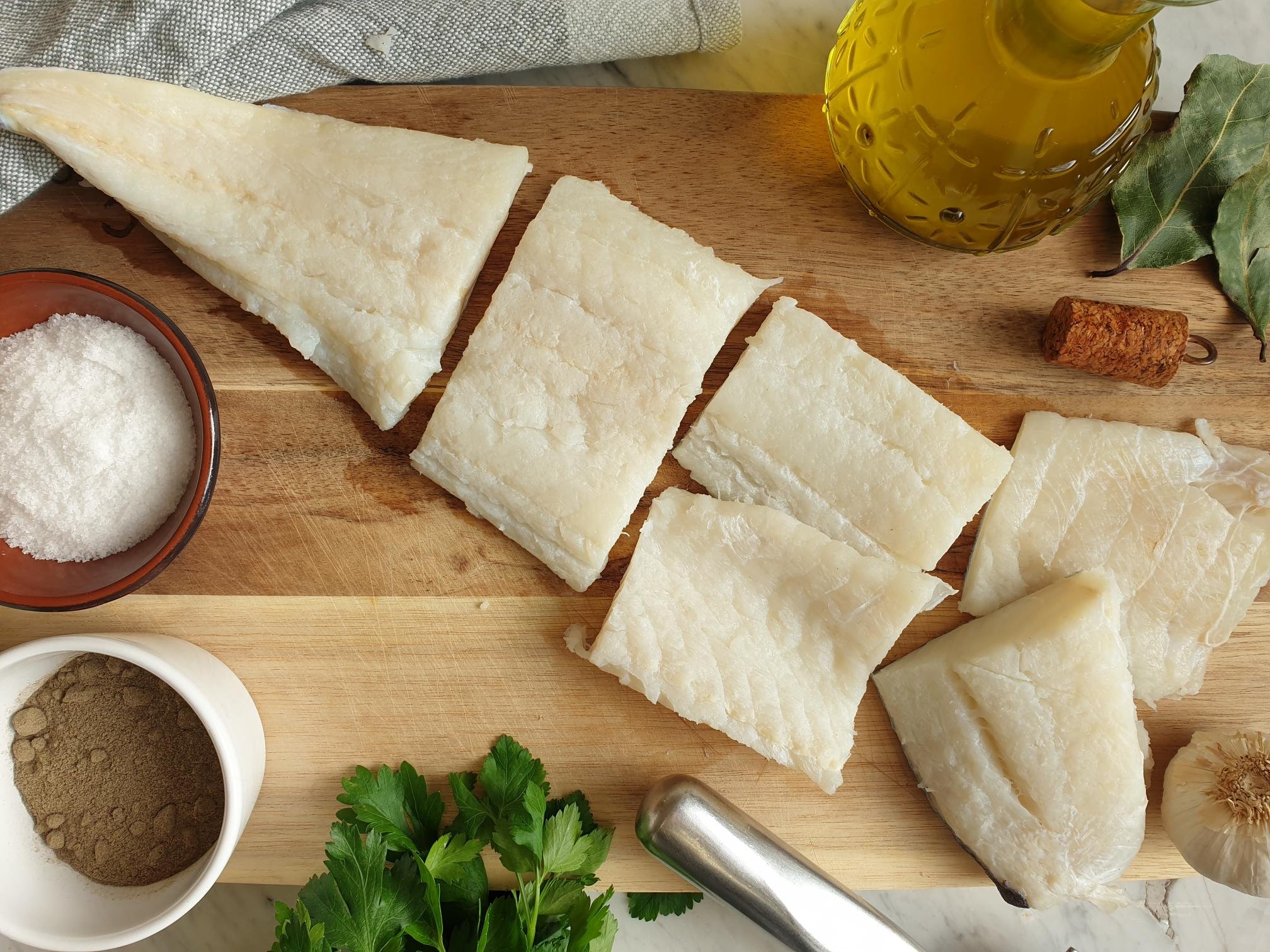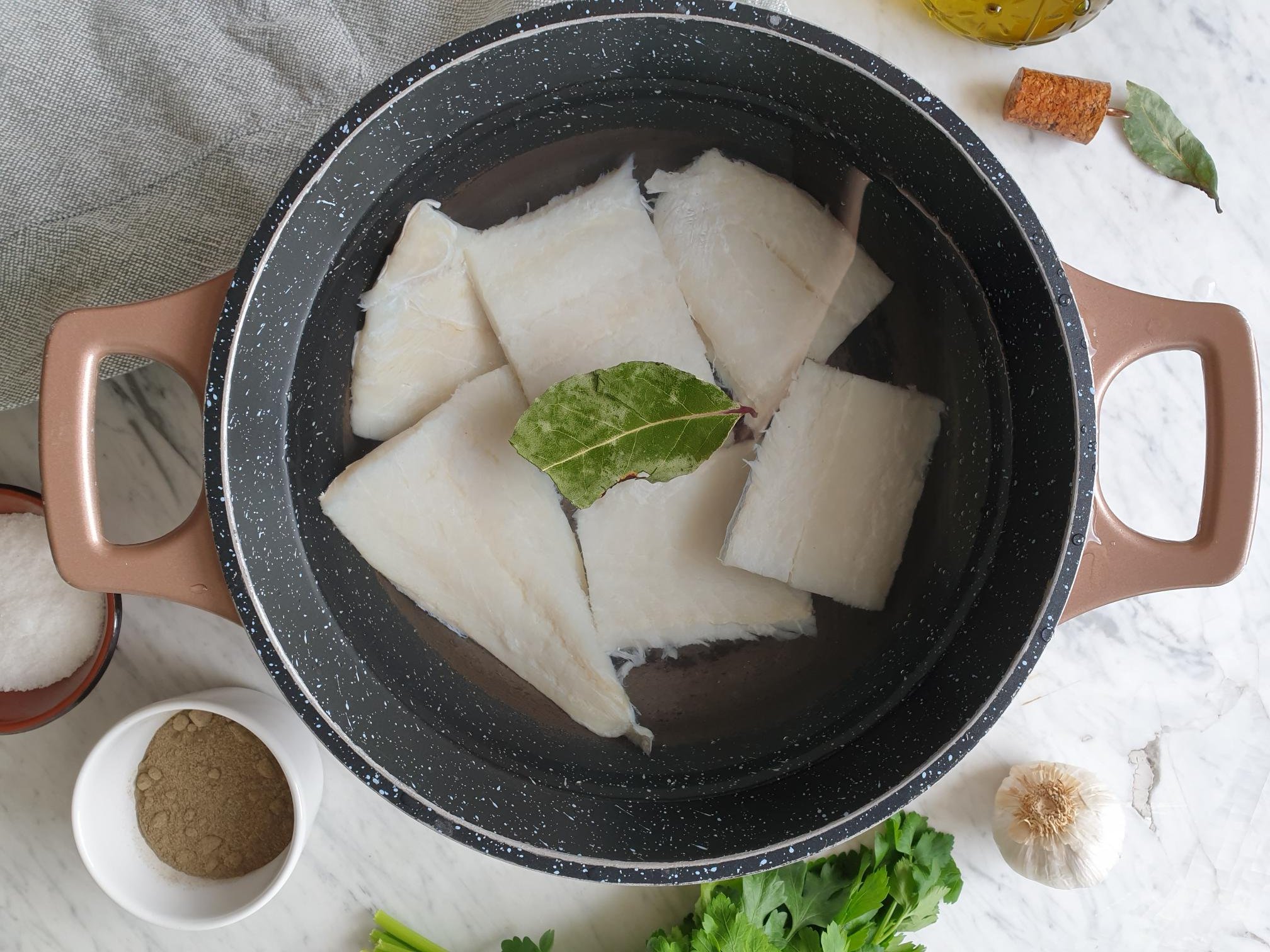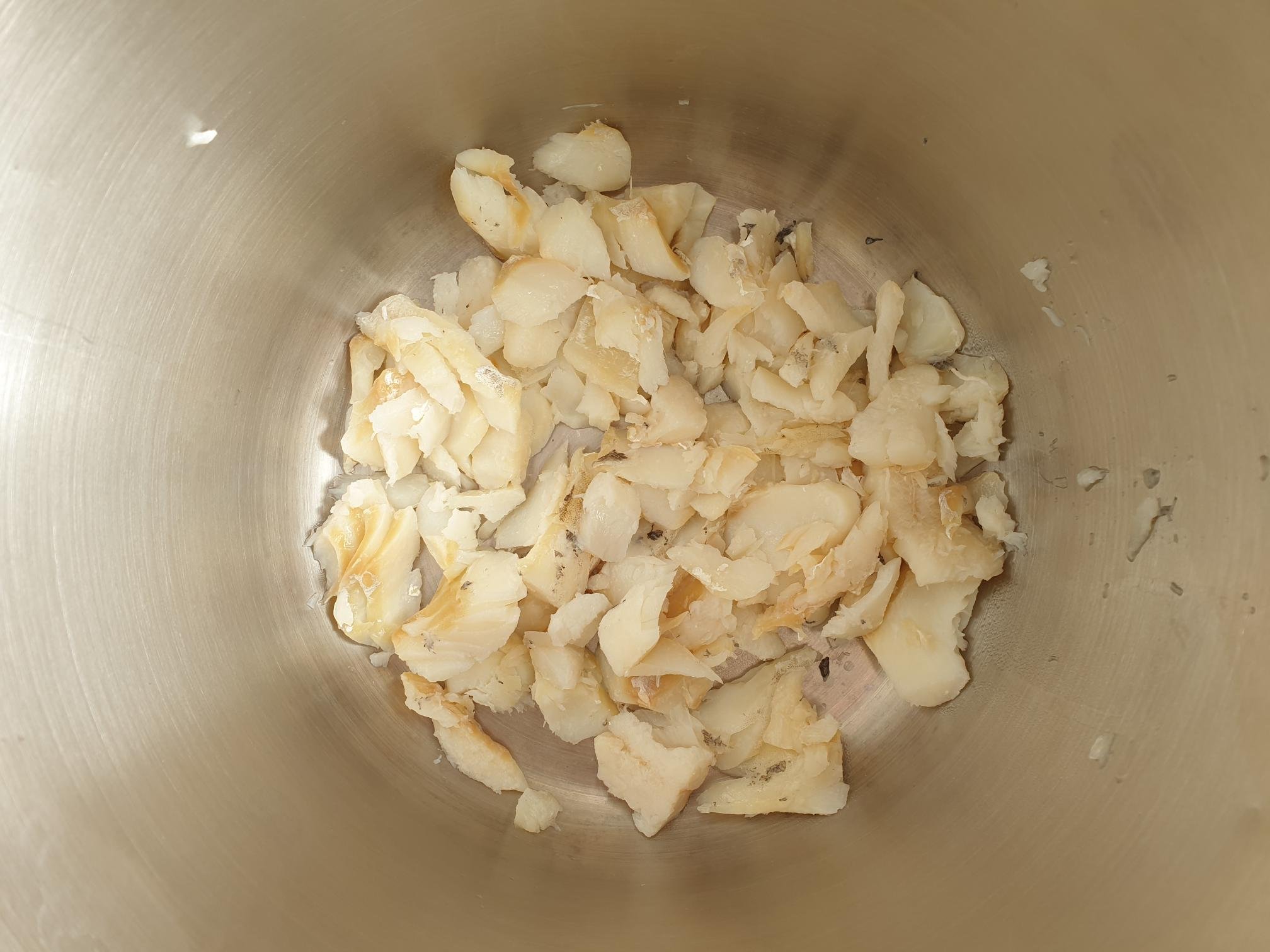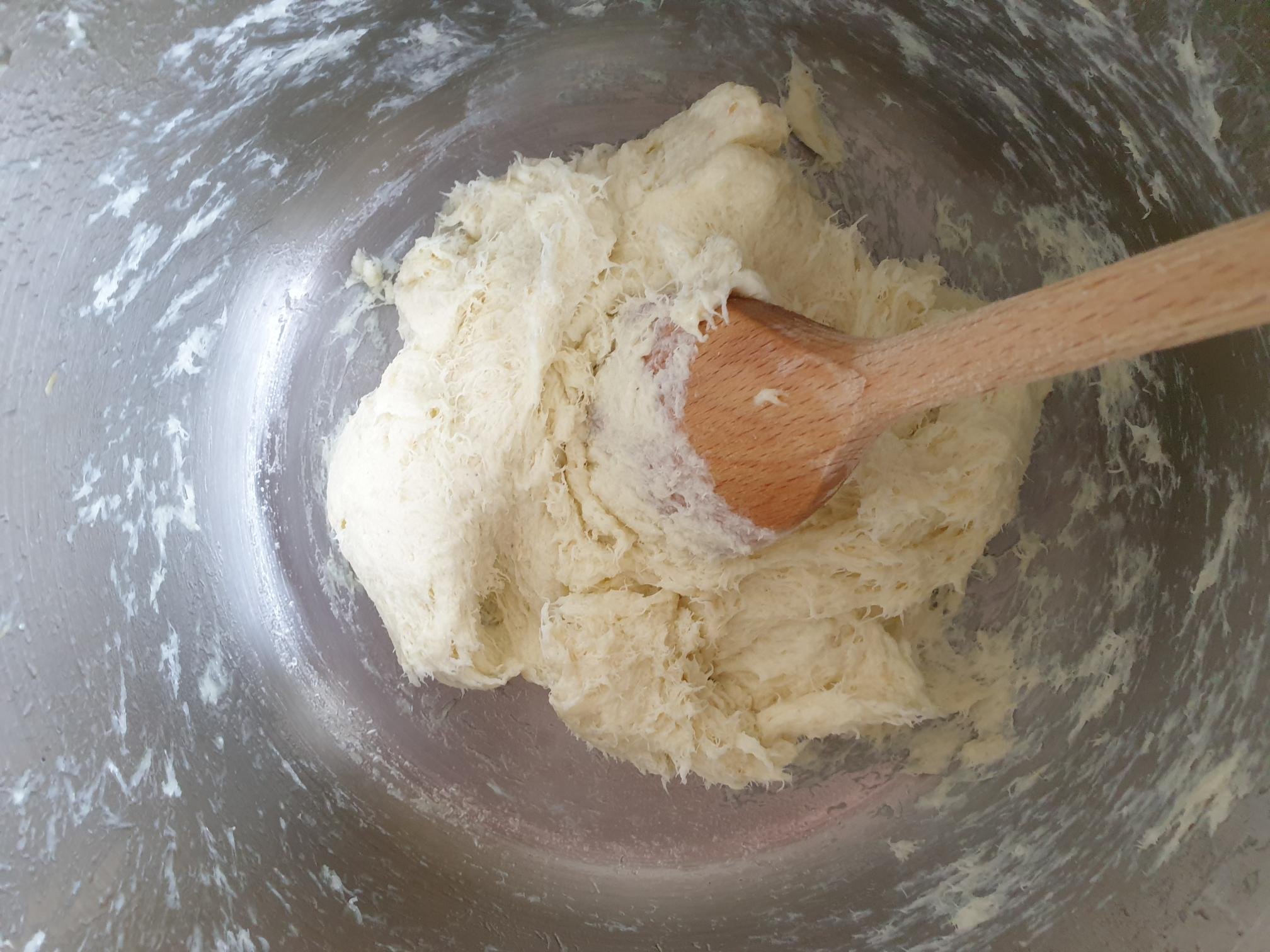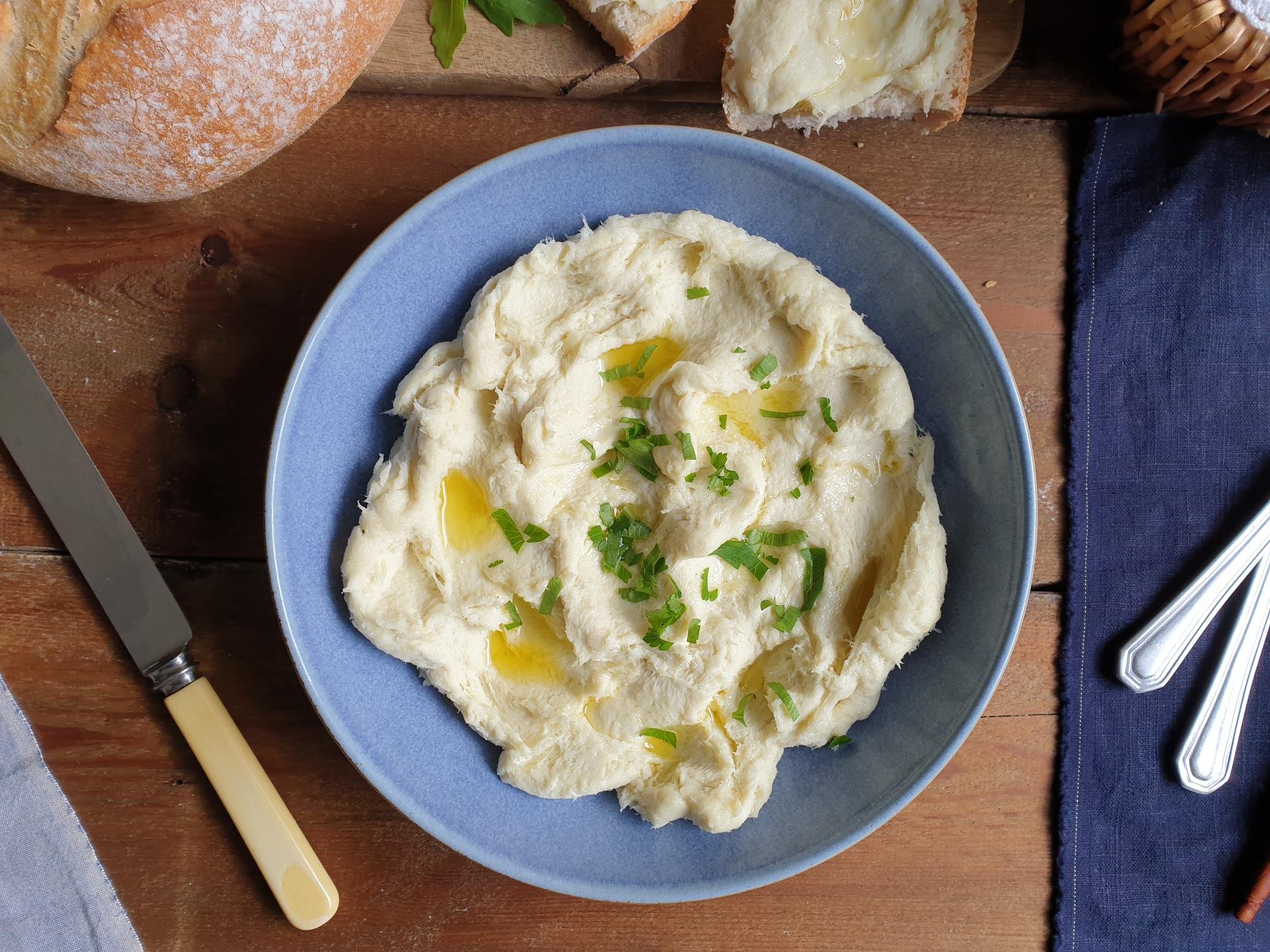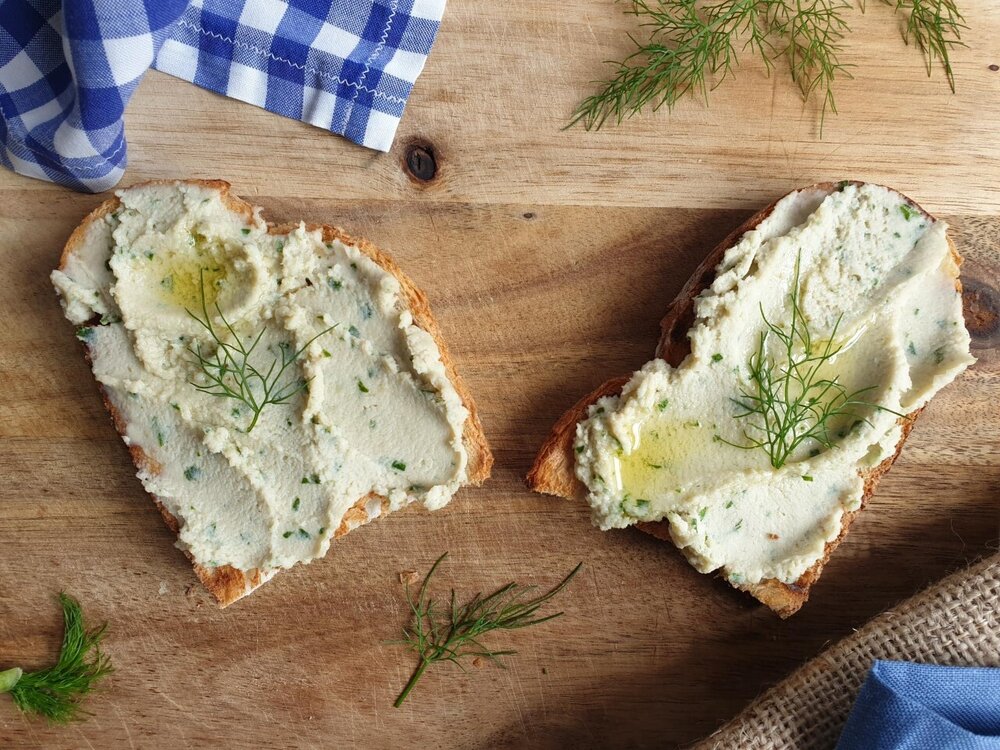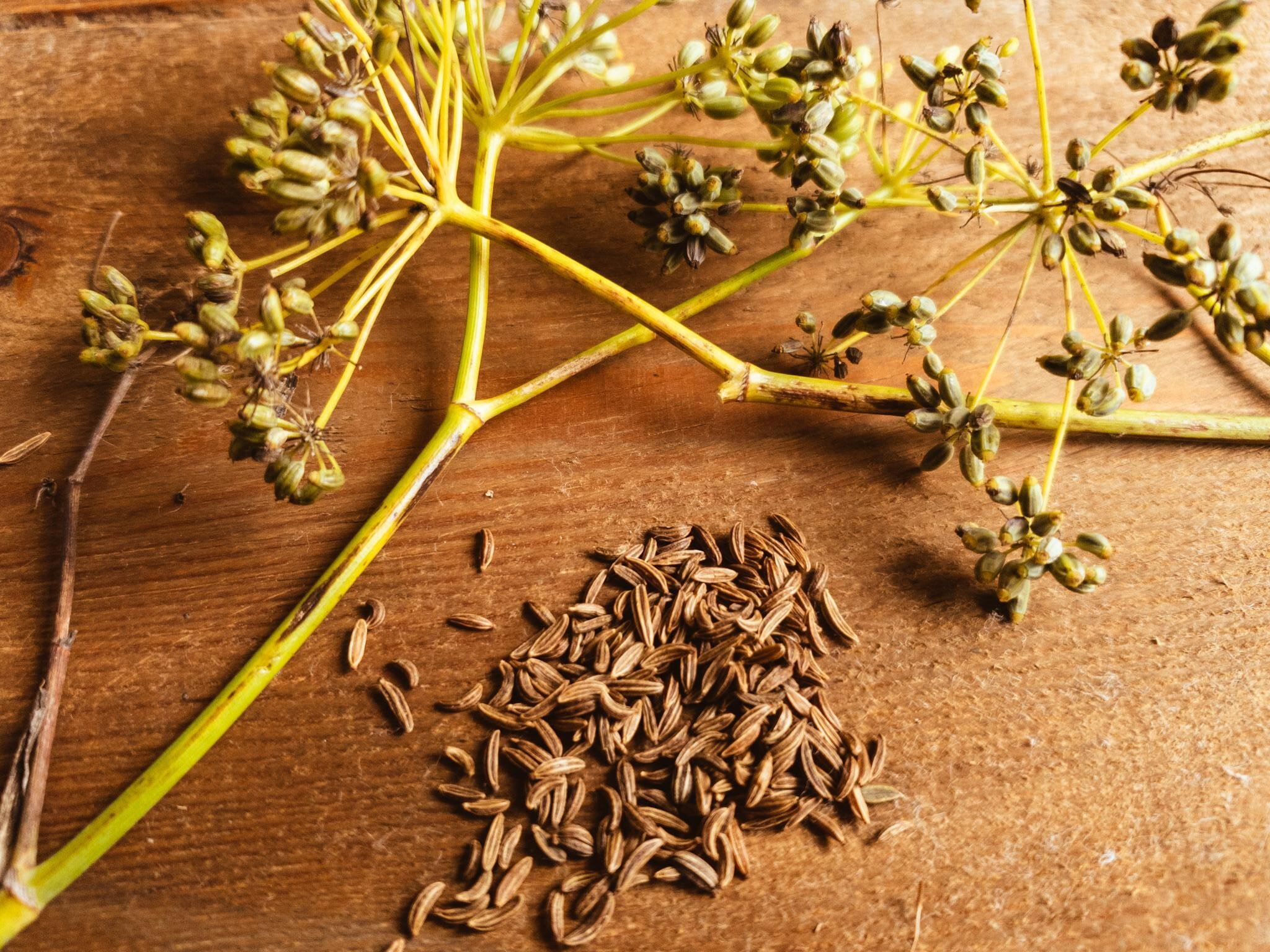Venetian-style Calf's liver with caramelised onions Recipe
Venetian style liver with onions, Fegato alla Veneziana, consists of thinly sliced liver cooked very quickly and combined with soft, mellow, sweet and caramelised onions, and gently sprinkled with fresh parsley, with white wine being sometimes added to balance the flavours.
It is nowadays acclaimed dish worldwide and it is one of the most classic and traditional Venetian dishes, but is has very humble and modest origins as it was created out of necessity and hunger which originally drove people to eat inner organs of fowls and beasts with great enjoyment.
If you ever had a chance to visit Venice and wondered around the calli (very narrow streets in Venice) you will be able to notice that just about every authentic family run restaurant will display on its menu Fegato alla Veneziana.
Venetian-style calf's liver is a recipe that not only is a staple dish in Venice, but also in the whole region of Veneto. It is also so popular “across the border” in Slovenian Istra, where I come from, that it has become part of a very strong gastronomic tradition there (Polenta z jetrci, Palenta z jetrci or Polenta e fegadini). This is quite understandable since its local recipes and eating habits were significantly shaped by the very lengthy presence of The Most Serene Republic of Venice in the region.
This dish, in its simplicity, when cooked properly, is simply divine, and might be enjoyed even by those who normally are not so keen on liver and thought they did not like it, and that is simply because organ meats unfortunately are very often not very well prepared and overcooked, a process which toughens the texture of the meat and accentuates the “mineral, or irony” taste of the organ meat.
Calf liver, compared to other types of liver, is delicate in flavour, tender and has a very high content of iron.
I am sharing here the recipe that has been in the family since forever - so, just try it, and I am sure that this dish will be nothing like any other liver dishes you might have had in the past and disliked. I encourage you to be brave and open minded, but if your aversion to organ meats is really strong you might just want to skip this post.
Ingredients
Serves 4
500g very fresh calf's liver, trimmed and sliced into thin strips
500g onions, peeled and thinly sliced
8 Tbsp extra virgin olive oil (you can use neutral tasting oil of your choice or butter or a combination)
100 ml white wine (optional)
handful of fresh flat leaf parsley (about 5-10g), roughly chopped
sea salt
black pepper
Method
If you are bothered by the slight bitter flavour from the liver a great way of reducing it, is to soak the liver in a dish or bowl of milk for about 1 hour, or overnight. Discard the milk after the soaking process.
Put extra virgin olive oil and thinly sliced onions in a fairly large frying pan and add a generous pinch of sea salt.
Slowly cook the onions on a gentle heat, stirring occasionally, until very soft, translucent, well wilted and caramelised. In order to prevent the onions getting too much colour and brown regulate the heat and maybe add a bit of water or wine to help the onions to wilt well and caramelize better. Be patient, this process might take up to 40minutes but it is crucial for the success of this dish.
When the onions are cooked completely and ready push them on the side of the frying pan and turn up the flame. Add the strips of liver and over high heat sauté and cook quickly just for a few minutes, mixing and turning liver strips regularly, until they loose their raw colour. Mix the onions and liver together.
Add finely chopped parsley, taste and adjust the seasoning with sea salt and black pepper.
Transfer cooked liver onto a serving plate, lightly sprinkle with roughly chopped fresh parsley and serve warm immediately.
If using white wine, deglaze the frying pan by pouring a good splash of wine and scrape up with the wooden spoon all the bits that have formed. Reduce the wine to the consistency of a syrup and pour over the liver.
Serve on soft cooked creamy polenta, grilled polenta, mashed potatoes or simply a nice crunchy bread to soak up the juices.
Just a thought
If you happen to have some left over cooked livers you can make a very delicious and economic liver pâté.
Simply weight the amount of left over livers, chop them very finely (if you like small bits in your pâté) and add the same same amount of very soft unsalted butter. Mix together and here is your Venetian style liver pâté, delicious spread on crostini (toasted bread).
If you prefer the pâté with a very smooth consistency place both livers and butter into a small food processor and mix until the mixture resembles smooth paste (you can also use a hand blender).

